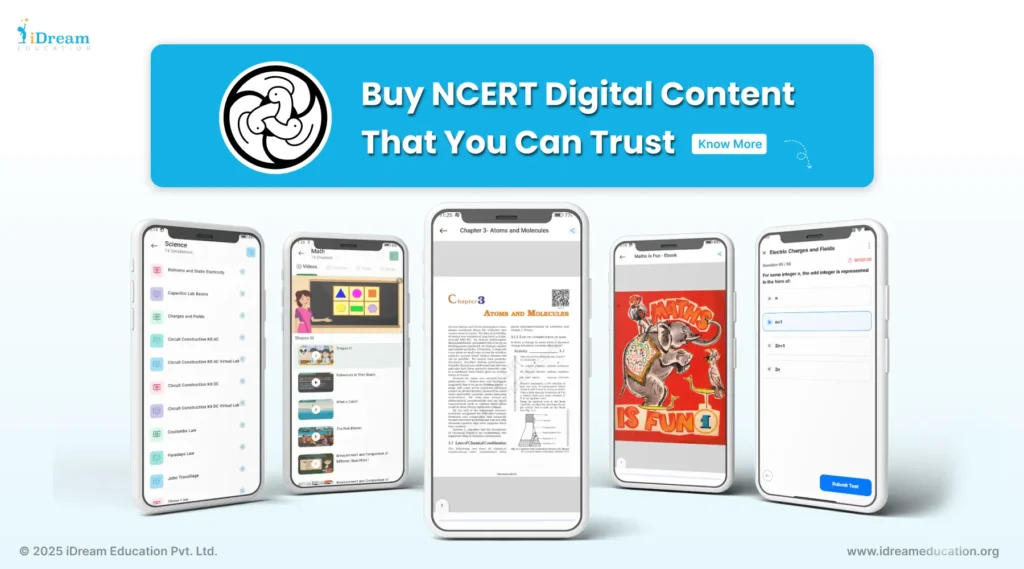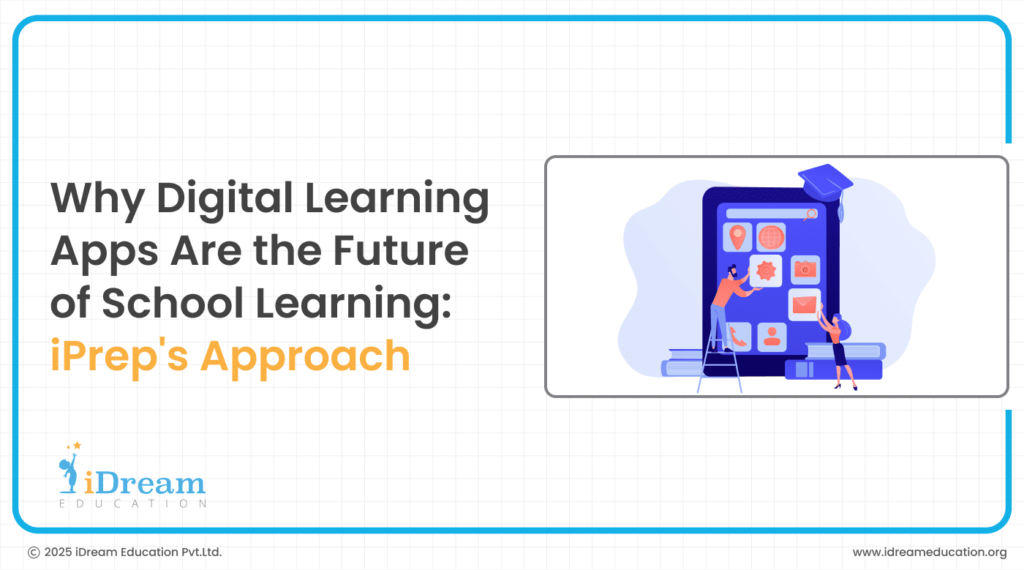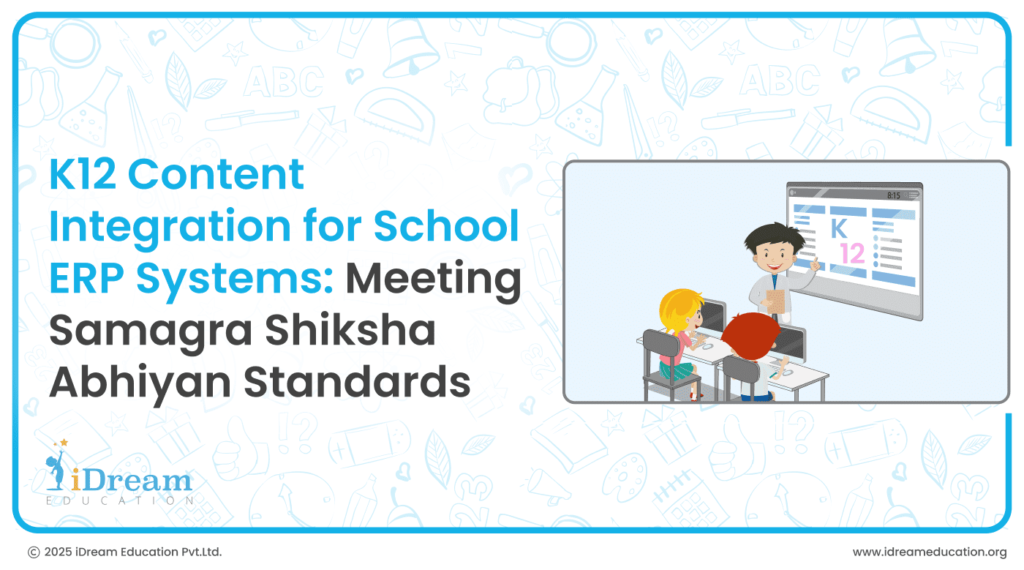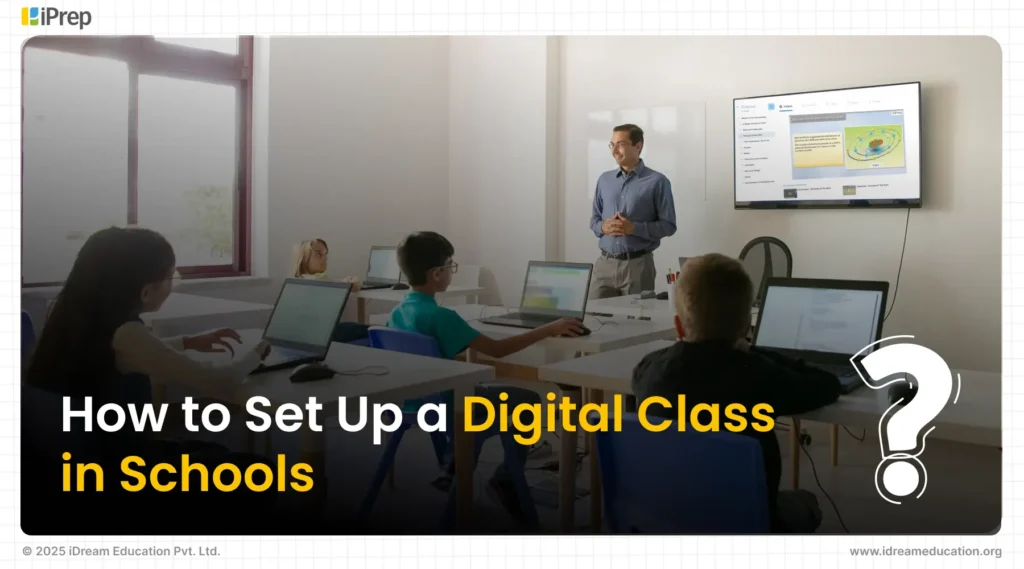
Classroom digitization has become a central focus of the education ecosystem. It is driven by initiatives such as the National Education Policy (NEP), the ICT scheme under Samagra Shiksha Abhiyan (SSA), and various other programs by the Ministry of Education. These efforts aim to enhance classroom teaching, personalize learning experiences, capacity building, and improve learning outcomes. With such advancements, classrooms can no longer be limited to traditional digital setups. Instead, they should evolve into comprehensive learning spaces that integrate technology seamlessly.
But, before diving into how to set up a digital class, it is essential to first assess the specific needs of the classroom
Let’s understand factors that should be considered before setting up digital class:
Objective Behind Classroom Digitization
Decision-makers should have a clear objective. It could be enabling personalized learning for students at school and home. Further, it could be about implementing smart classrooms where teachers use digital to deliver lessons. Every digital class solution should aim to bridge learning gaps, enhance engagement, and improve learning outcomes. However, the pace at which results are achieved may vary based on the chosen solution.
Needs Assessment of Stakeholders
A thorough assessment is essential to define the focus areas for decision-makers. This includes evaluating teachers’ willingness to adopt technology and identifying learning gaps among students. It also involves analyzing school dropout rates and assessing existing infrastructure. Additionally, understanding the learning levels of students, particularly in critical grades such as 9th to 12th, is essential. This assessment can be conducted through school visits, profiling, and tech-enabled assessments.
Teacher and Student Readiness for Digital Class
Successful implementation depends on the alignment of all stakeholders—schools, students, and teachers. If they are not on the same page regarding the adoption of digital learning solutions, the effectiveness of digital class set up reduces.
Assessment of Existing Digital Class Hardware
Before deploying new solutions, it is important to evaluate whether schools already have any digital class infrastructure in place and if it can be leveraged. Utilizing existing technology where possible helps reduce costs and ensures that teachers remain comfortable with the tools they are already familiar with.
Considering all factors, if you choose to digitize classrooms, let’s explore the steps of how to set up digital class
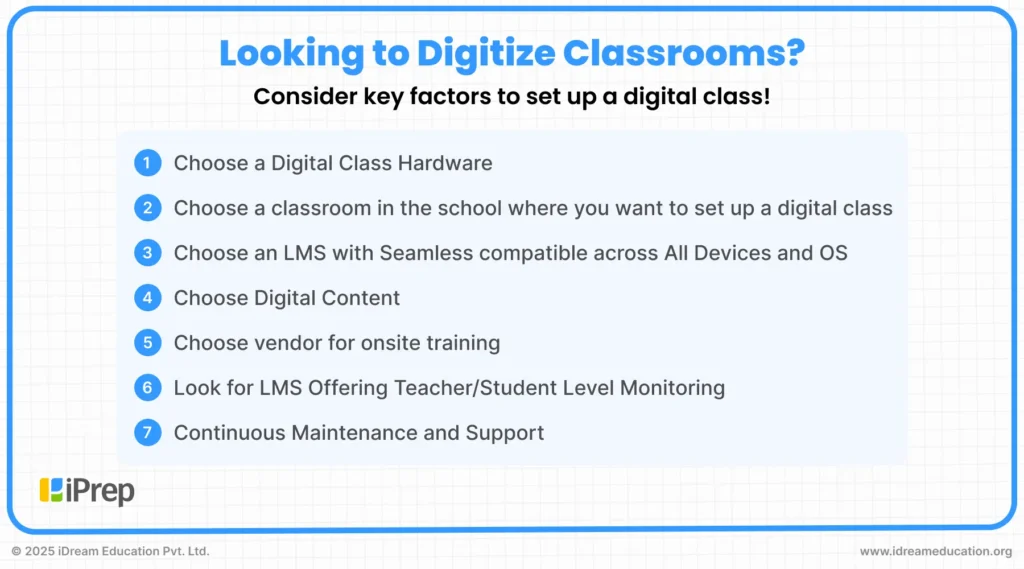
Choose a Digital Class Hardware
When choosing digital classroom hardware, it is crucial to choose between a student-centric or teacher-centric solution based on the objectives and target audience of your program. A student-centric approach may include tablet-based learning for in-school and at-home education, an adaptive learning app to bridge learning gaps, or a shared solution like an ICT lab for students across schools. On the other hand, a teacher-centric approach focuses on enhancing classroom instruction through smart classrooms equipped with Smart TVs or Interactive Flat Panels (IFPs) to improve student engagement and attendance.
How to Choose Teacher-Centric Hardware: Smart TV vs. Interactive Flat Panel (IFP):
The choice between a Smart TV and an IFP should be based on the type of classroom experience you want to deliver and your budget.
- A Smart TV is primarily used for teaching through digital content via educational apps or other platforms.
- An Interactive Flat Panel (IFP) offers a more comprehensive classroom solution with touch-based interactivity, annotation and note-taking capabilities, access to digital content, and the ability to turn the screen into an interactive whiteboard for teaching.
The cost of these devices varies based on the brand and size you choose. To learn more, share your details here
How to Choose Student-Centric Hardware: Tablets vs. Chromebooks:
The choice between a tablet and a Chromebook depends on the learning experience you want to provide for students, both in school and at home.
- Tablets enable personalized learning by allowing students to access educational apps and digital content.
- Chromebooks offer a more comprehensive experience, allowing students to create presentations, spreadsheets, documents, and engage in various learning activities. They are designed as complete educational solutions.
Both devices can be powered with adaptive or non-adaptive learning applications. Further, the solution can be implemented only in schools for shared learning purposes, depending on your program’s needs.
Choose a classroom in the school where you want to set up a digital class
Ensure the room has at least one power plug. If you are implementing a tablet/Chromebook setup for schools, a charging and storage rack can be used to store and charge all devices simultaneously. However, if the devices are meant for both school and home learning, students can charge them at home and use them in the classroom.
For a smart classroom setup, choose a room with a power plug, minimal direct sunlight, and lockable windows to ensure clear visibility of digital content. The setup can be placed in a common room for shared access or implemented in individual classrooms based on the school’s requirements.
Choose an LMS with Seamless compatible across All Devices and OS
When looking for how to set up a digital class, the most important factor to consider is an LMS that is compatible with your chosen hardware, whether it is teacher-centric or student-centric. If your goal is to bridge learning gaps, opt for an LMS that offers Personalized Adaptive Learning to cater to individual student needs. The LMS should be user-friendly and easy to adopt, functioning as intuitively as everyday applications used by teachers and students. If you’re looking for such an LMS, feel free to contact us by sharing your details [here].
Choose Digital Content
Digital content is a key component of a digital class. Therefore, it’s important to select a provider that offers state or NCERT-aligned content in the language used in your chosen schools. Additionally, the content should be customizable based on class and subject, grade and language. This ensures that students have access to comprehensive digital learning resources in one place, catering to their curriculum and learning needs effectively.
Choose vendor for onsite training
When selecting a digital class vendor, prioritize one that offers onsite experiential training for both teachers and students. Effective onsite training should focus on understanding students and teachers, along with their learning preferences. It should also provide guidance on effectively using digital class solutions and learning materials.
Look for LMS Offering Teacher/Student Level Monitoring
When implementing a digital class solution, ensure project-level monitoring by selecting a platform that tracks teacher and student usage. This data-driven approach helps in making informed decisions to enhance learning outcomes. Regular monitoring also ensures continuous usage of the implemented solution and enables strategic interventions to improve engagement and effectiveness.
Continuous Maintenance and Support
Technical issues may arise when using a digital class solution, so it’s crucial to choose a provider that offers prompt support—whether on call or onsite—with minimal turnaround time for issue resolution. To ensure reliability, consider vendors with proven experience in setting up digital class in multiple schools within your target state.
Want to Set Up a Digital Class in Schools?
Setting up a digital class requires careful consideration of both hardware and software. It should be tailored to your target audience and project objectives. If you’re looking to discuss and co-create a program, purchase hardware, software, or a complete solution, we’d be happy to connect with you. You may contact us at +91 7678265039 or share your details here. You can also write to us at share@idreameducation.org, We would be happy to guide you on how to set up a digital class in schools.










